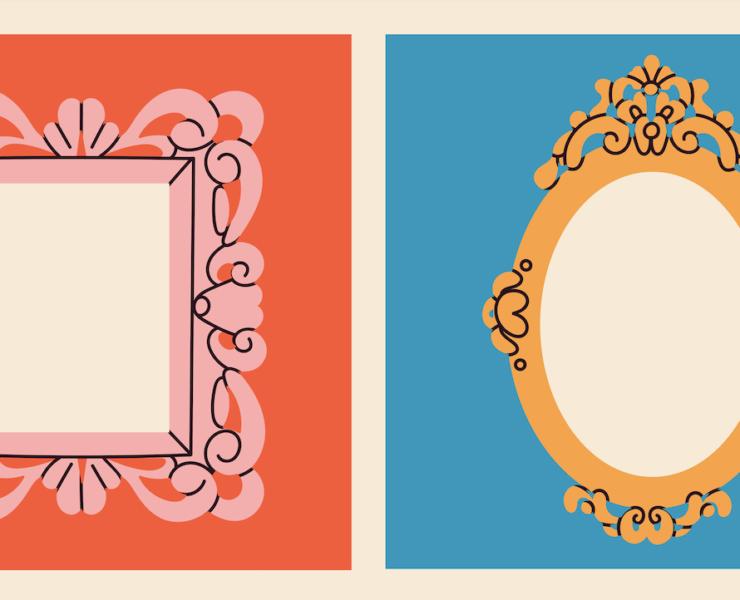Vayakhel, and Metaphorical Mirrors
This week’s parsha begins with Moshe instructing the Jews to build the mishkan (the Tabernacle) and everything within it. He reminded them that they were permitted to work only for six days, reserving the seventh day for rest. To this day, most of the laws of keeping Shabbat are based on abstaining from the work that was done for the mishkan. He requested donations of necessary materials, like gold, wool, oil, and stones for the kohen gadol’s breastplate.

Not only did they donate all that was needed, each individual bringing their jewelry and wool clothing and whatever else they had to offer, but they donated even more than that, so much that Moshe had to tell them to stop bringing things. They built the mishkan and all its furnishings: a solid gold menorah they lit every day, altars to bring sacrifices on, a table always stacked with twelve fresh loaves of bread, an ark with two carved cherubs atop it, and a washbasin made out of copper mirrors.
Moshe refused to accept these copper mirrors at first. Mirrors represent superficiality, vanity, a prioritization of external appearances. G-d instructed Moshe to ignore the usual connotations, to accept the donated mirrors. In Egypt, the Israelite women would use these mirrors to beautify themselves for their husbands. The Egyptians, in an attempt to depopulate their Israelite population, separated wives from husbands and overworked them so they wouldn’t have the time, much less the energy, to conceive any more children. With their copper mirrors, says the medieval commentator Rashi, the women would beautify themselves, seduce their husbands, and conceive more children.
I taught a classroom of middle school students this week, as a substitute teacher. They were scheduled to learn about middot, character traits. I didn’t have any material prepared to teach, so instead we launched into a discussion on character traits as a whole, and I brought up the book Orchot Tzaddikim. The book, anonymously written in the fifteenth century, details a multitude of human character traits, elaborating on how each one can be used for good and for bad. One of the main messages is that, with very very very few exceptions, no character trait is inherently good or inherently bad. Like, a seemingly positive trait, kindness, can become negative if you never stand up for yourself and allow others to walk all over you like a doormat. Or a seemingly negative trait, jealousy, can be used in a positive way if you use your jealousy of others’ accomplishments as inspiration to do better. I love the concept. I love thinking that it doesn’t matter if certain normally-positive traits are hard for me to strengthen, or if I’m inclined to normally-negative traits. Because even the traits we see as negative, even the traits we see as character flaws, can be (twisted around/etc/idk what word to use here) and used for good.
In Egypt, the Israelite women used their mirrors in a positive way; they transformed the normally-negative traits of vanity and superficiality and seduction into positive ones, using them for good, using them to raise their husbands’ spirits and help the Israelite population grow. They’re an inspiration for us, teaching us that the purpose of (metaphorical) mirrors is whatever we choose to use them for. It’s not about the character traits that come more naturally to you. It’s about how you use these innate traits.








